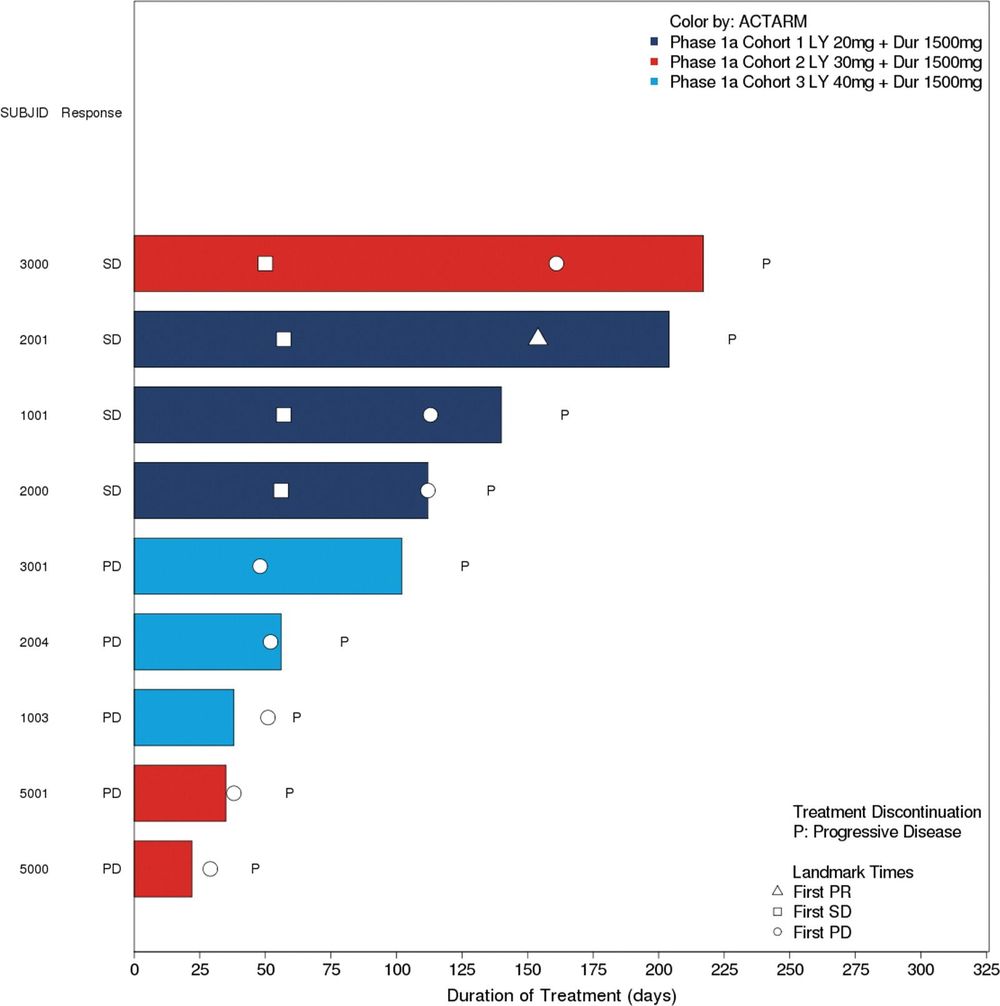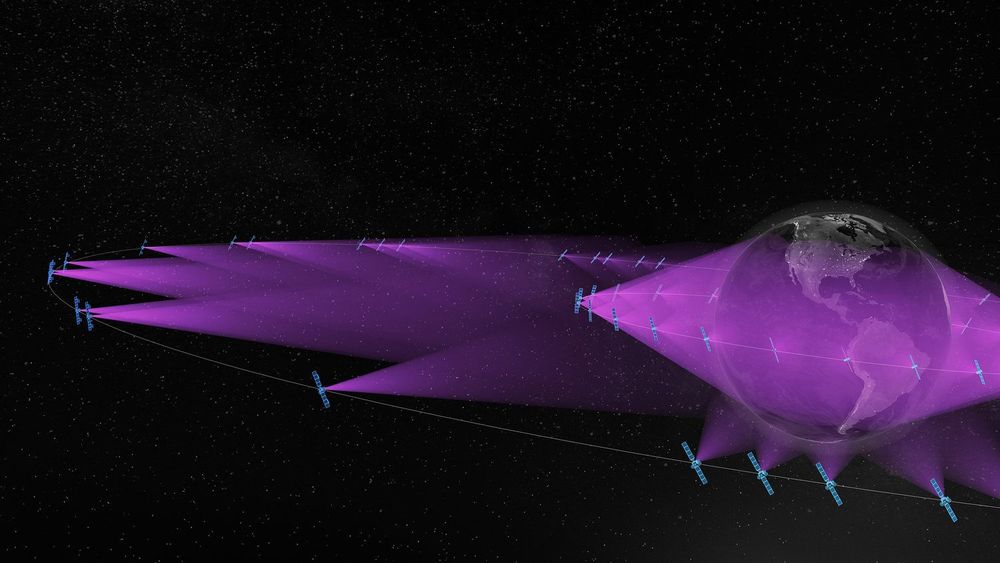
Purpose: This was an open-label phase 1a study assessing the maximum tolerated dose (MTD), safety, and tolerability of CXCR4 peptide antagonist, LY2510924, administered in combination with durvalumab in patients with advanced refractory solid tumors.
Methods: Patients received LY2510924 at 20, 30, or 40 mg subcutaneous (SC) once daily in combination with durvalumab at 1500 mg intravenously (IV) on day 1 of each 28-day cycle. The primary objective was to assess the MTD and safety of LY2510924 SC daily in combination with durvalumab in patients with advanced (metastatic and/or unresectable) solid tumors. Secondary objectives included pharmacokinetics (PK) and the antitumor activity of LY2510924 in combination with durvalumab. Exploratory objectives were biomarker analysis, including pharmacodynamic markers, relevant to LY2510924 and durvalumab, including immune functioning, drug targets, cancer-related pathways, and the disease state.
Results: Nine patients (three each at 20, 30, and 40 mg) were enrolled in the study (eight patients with pancreatic cancer and one patient with rectal cancer). The majority of patients completed one or two cycles (100.0% ≥ 1 cycle; 88.9% ≥ 2 cycles) of LY2510924 and durvalumab. No dose limiting toxicities were reported. Most common (10%) treatment-emergent adverse events were injection-site reaction (44.4%), fatigue (33.3%), and increased white blood cell count (33.3%). PK parameters for combination were similar to those reported in previous studies when given as monotherapy. Best overall response of stable disease was observed in four (44.4%) patients and one patient had unconfirmed partial response.


















